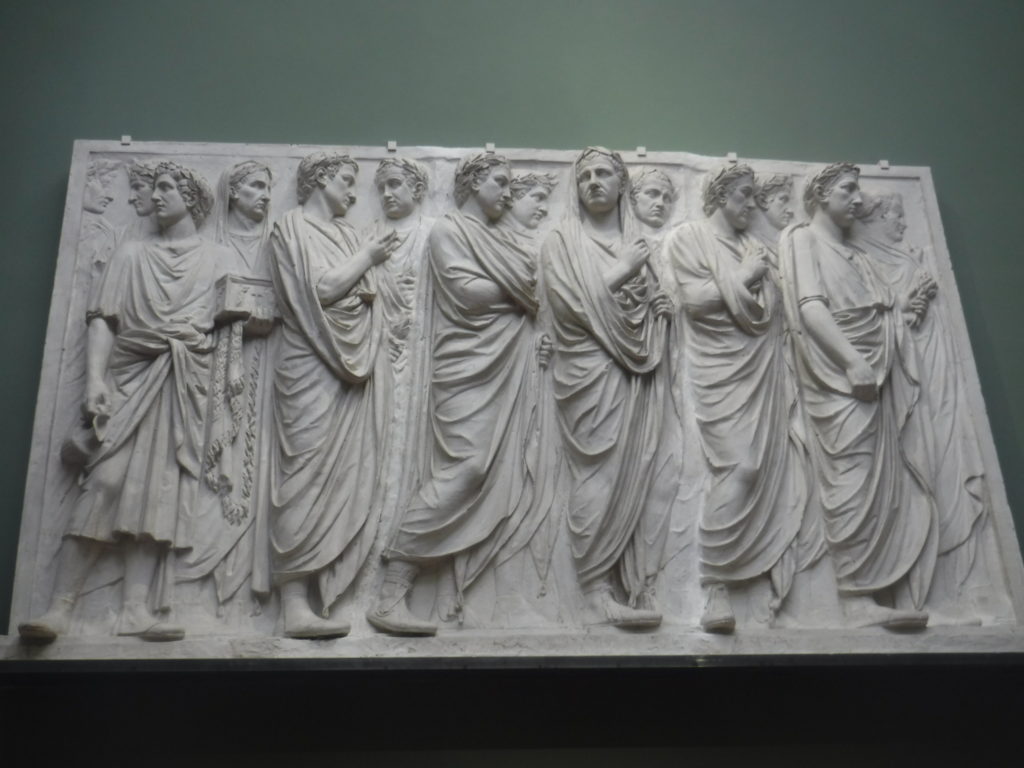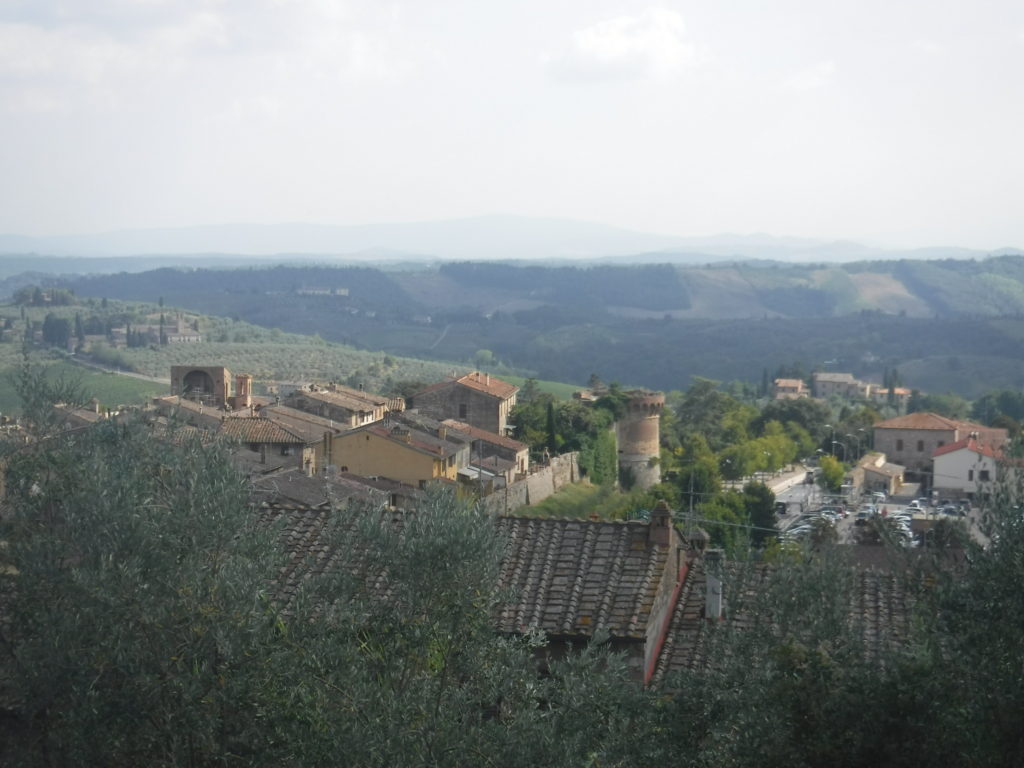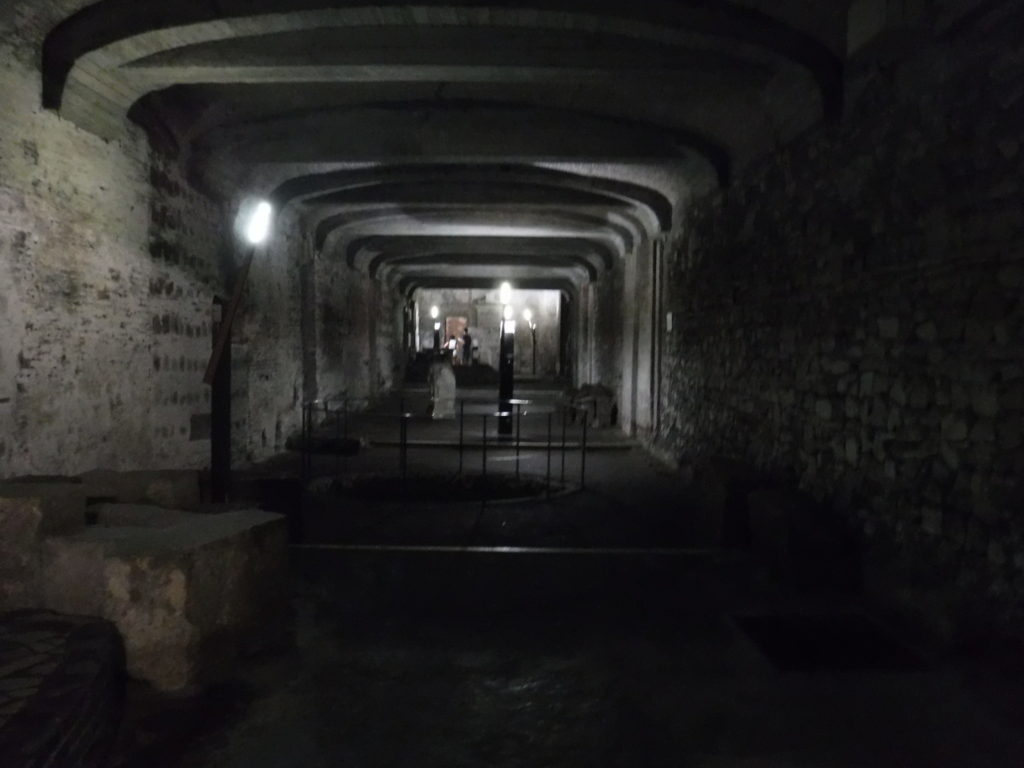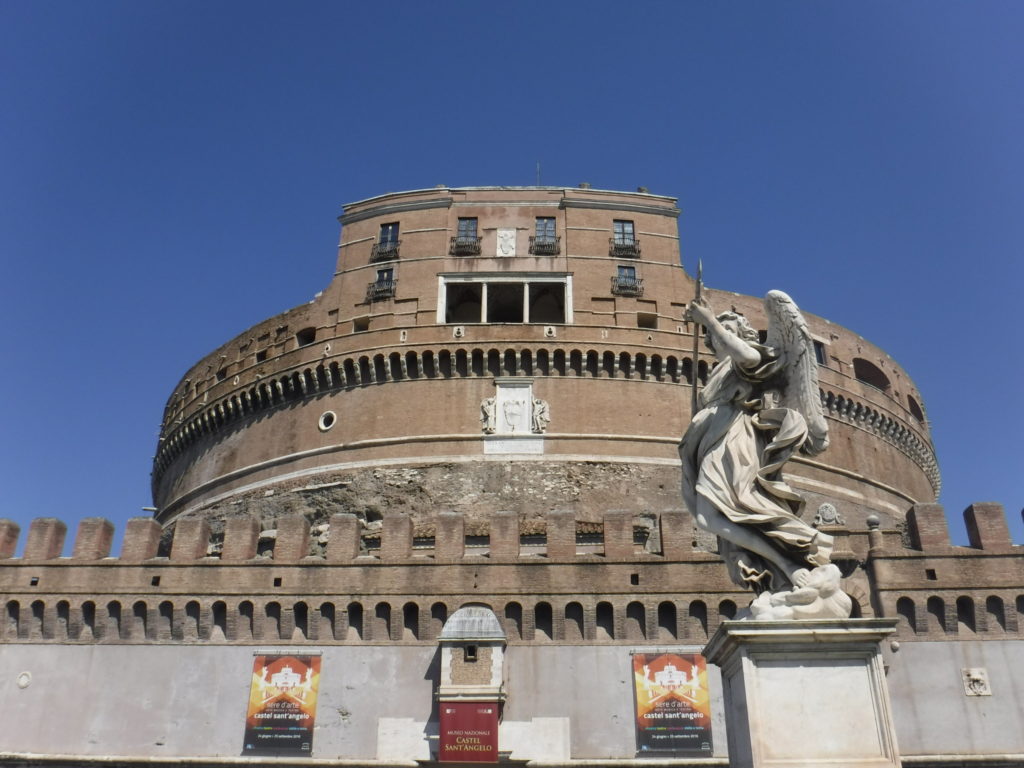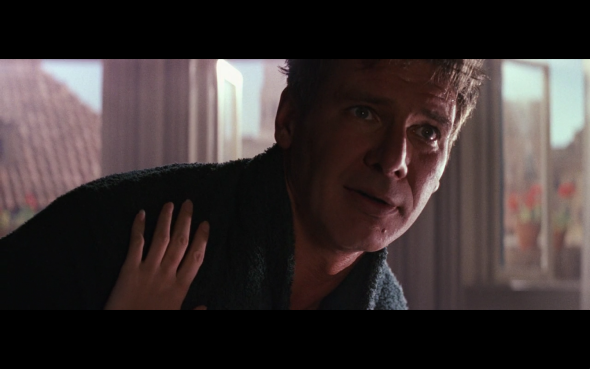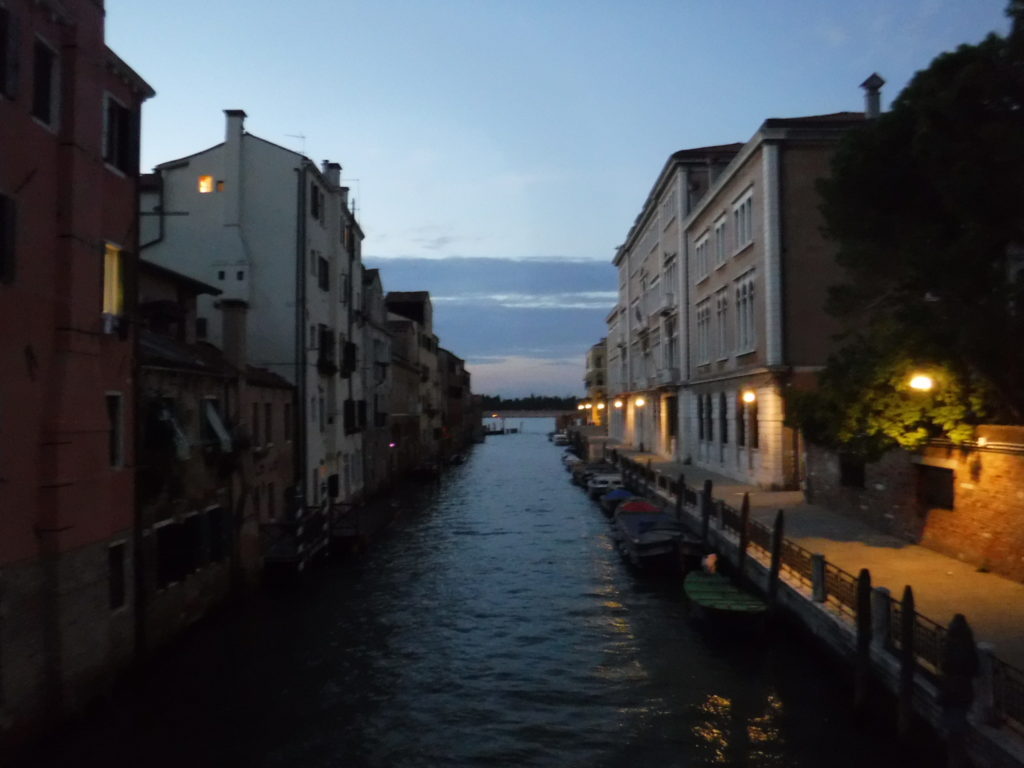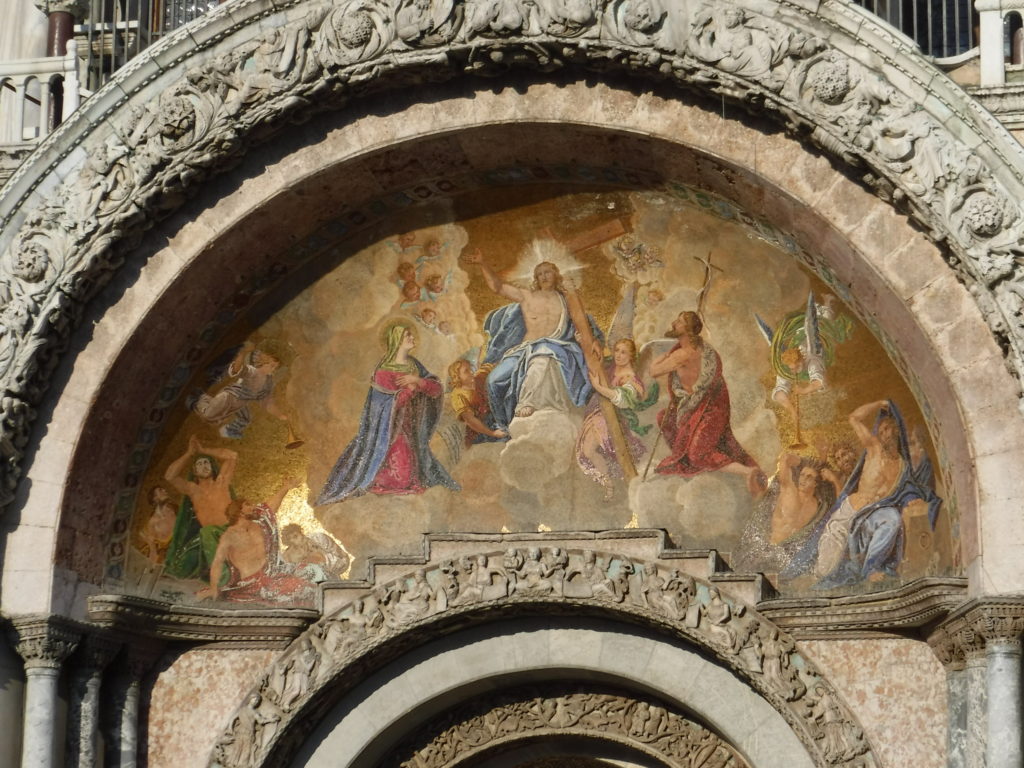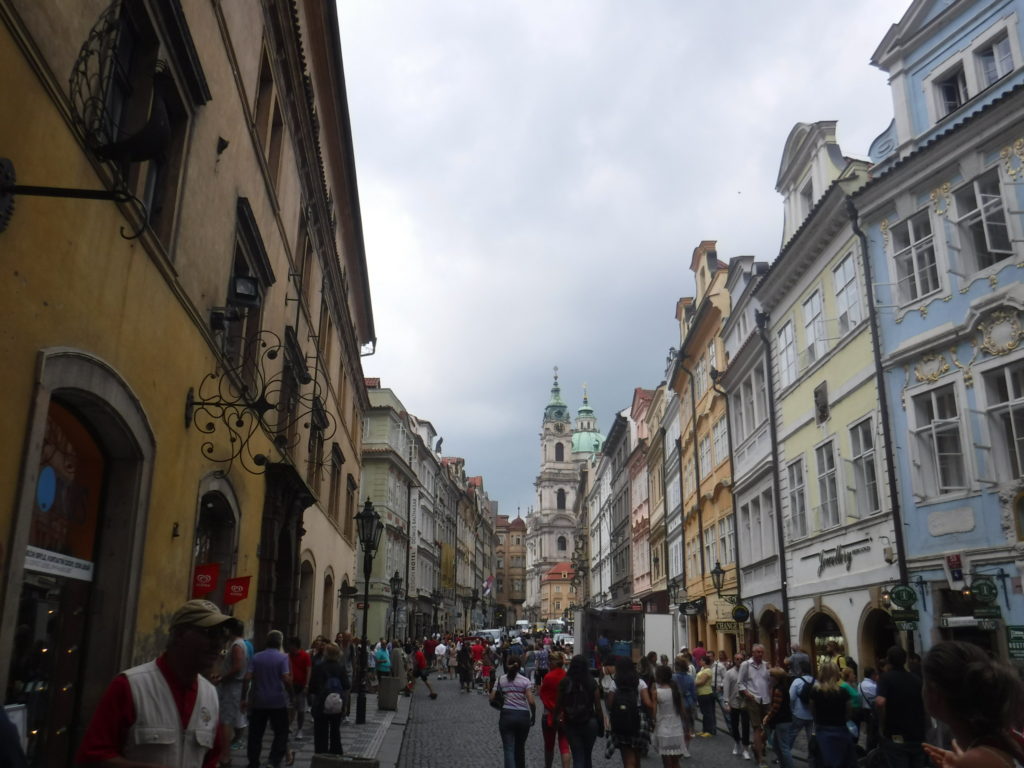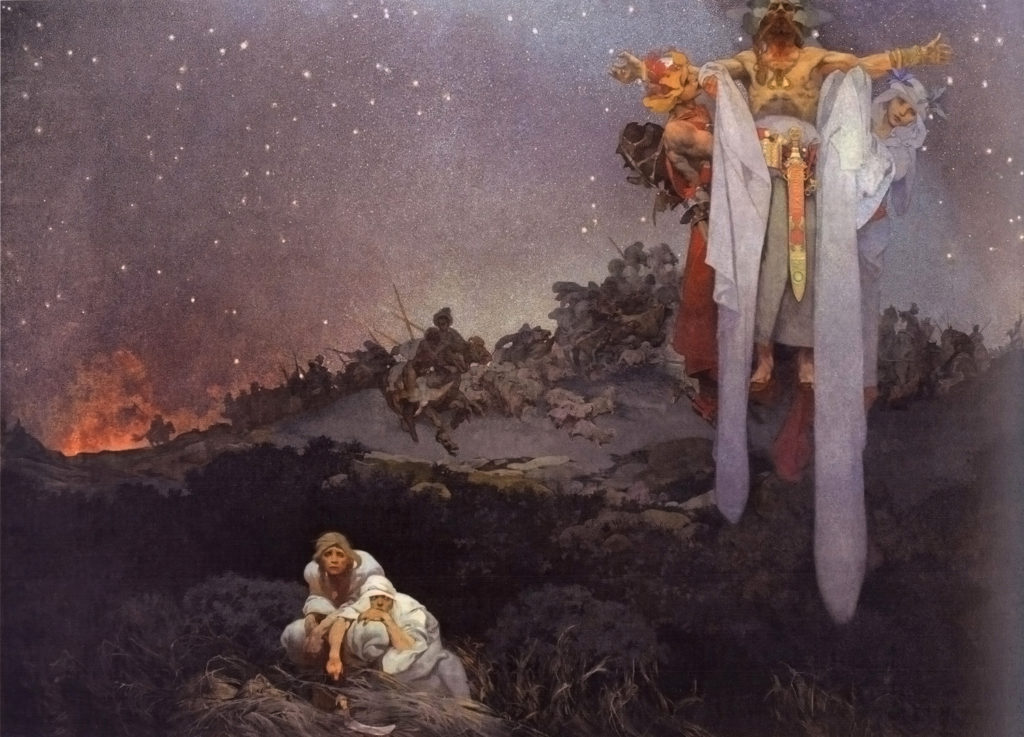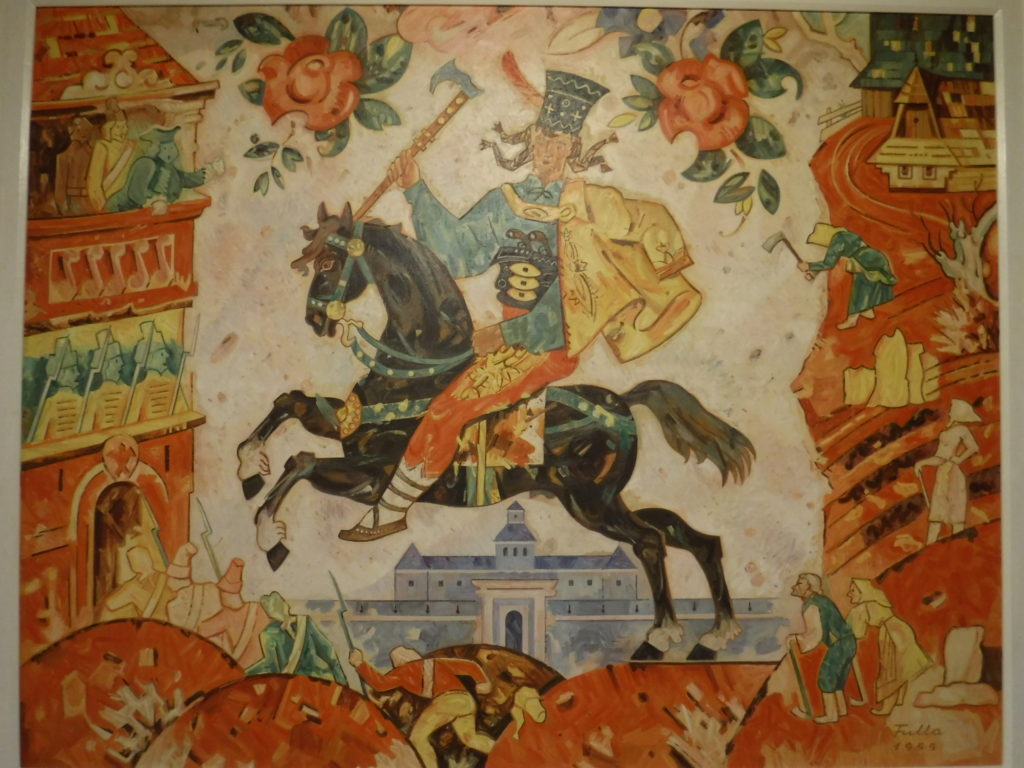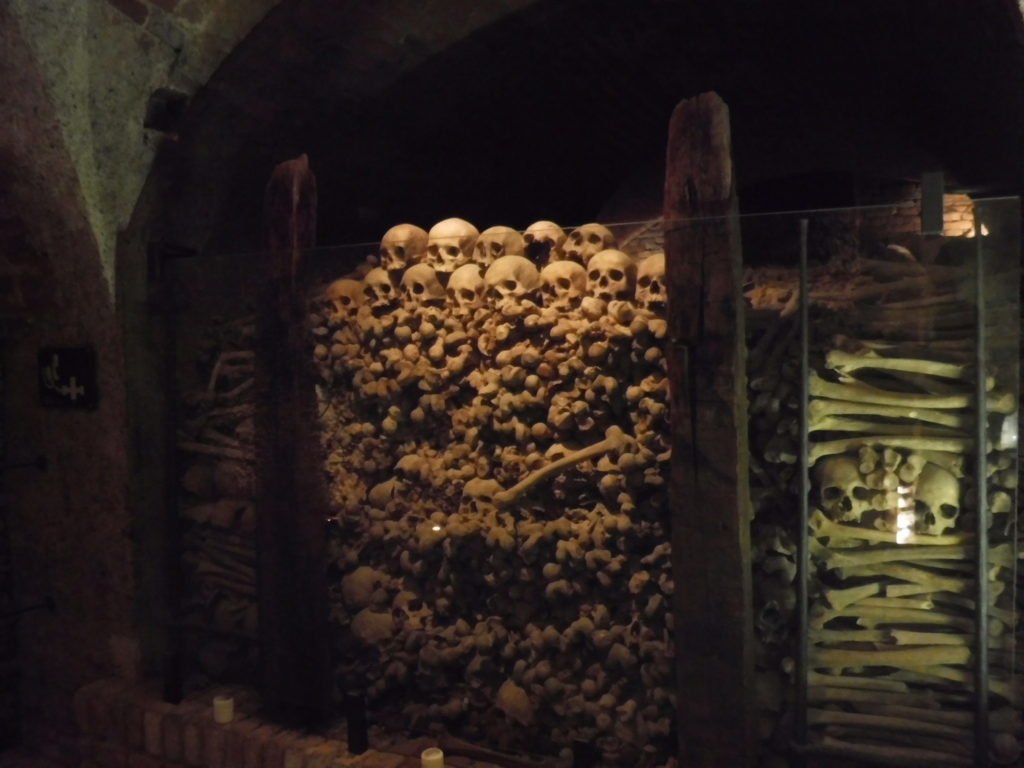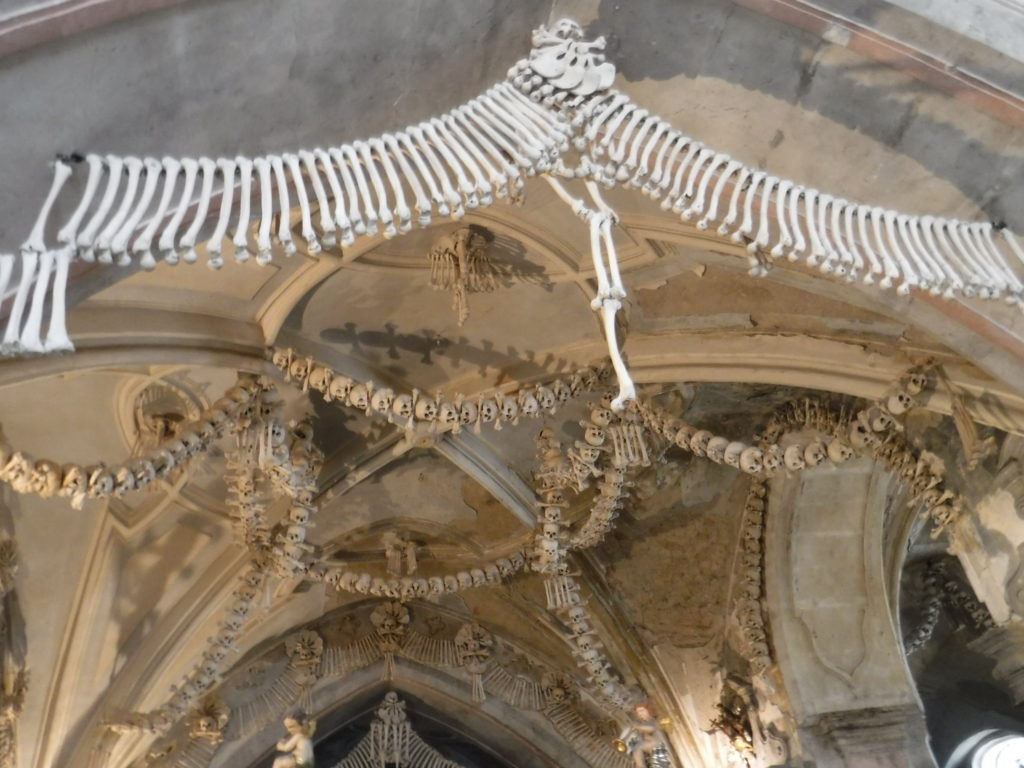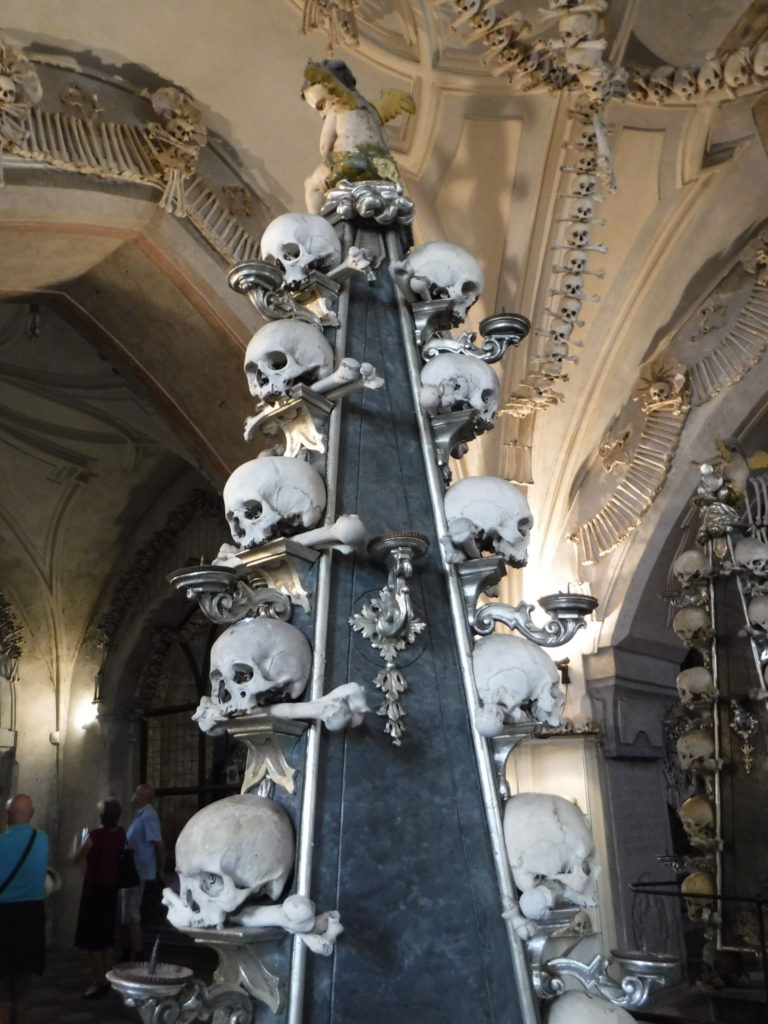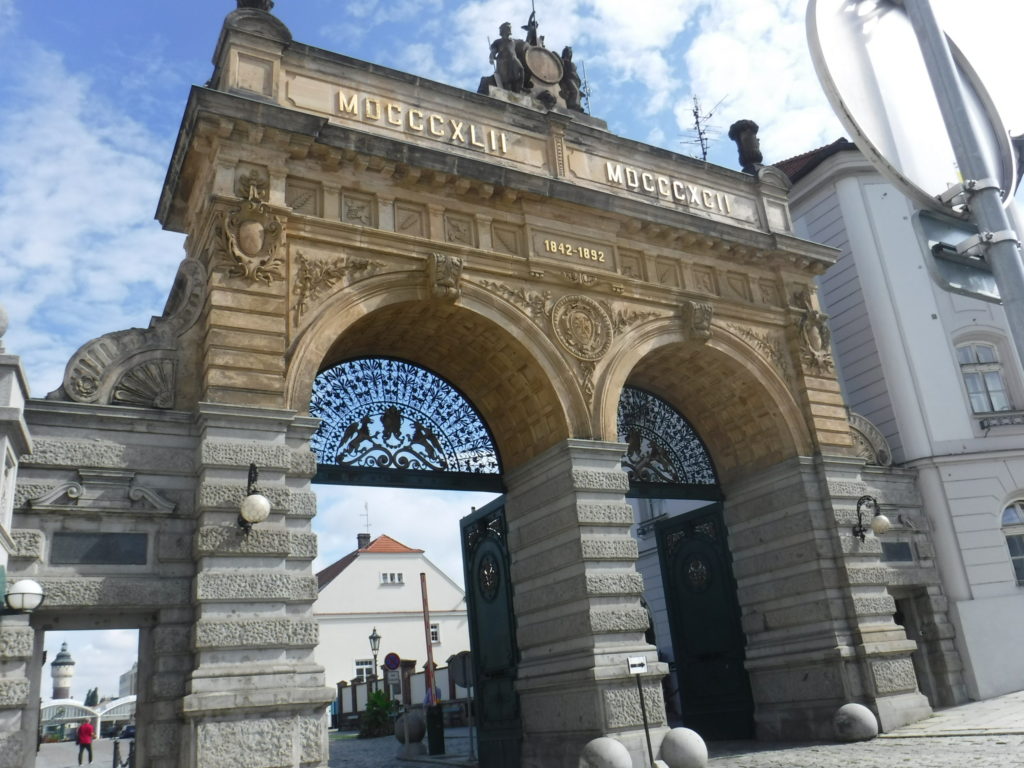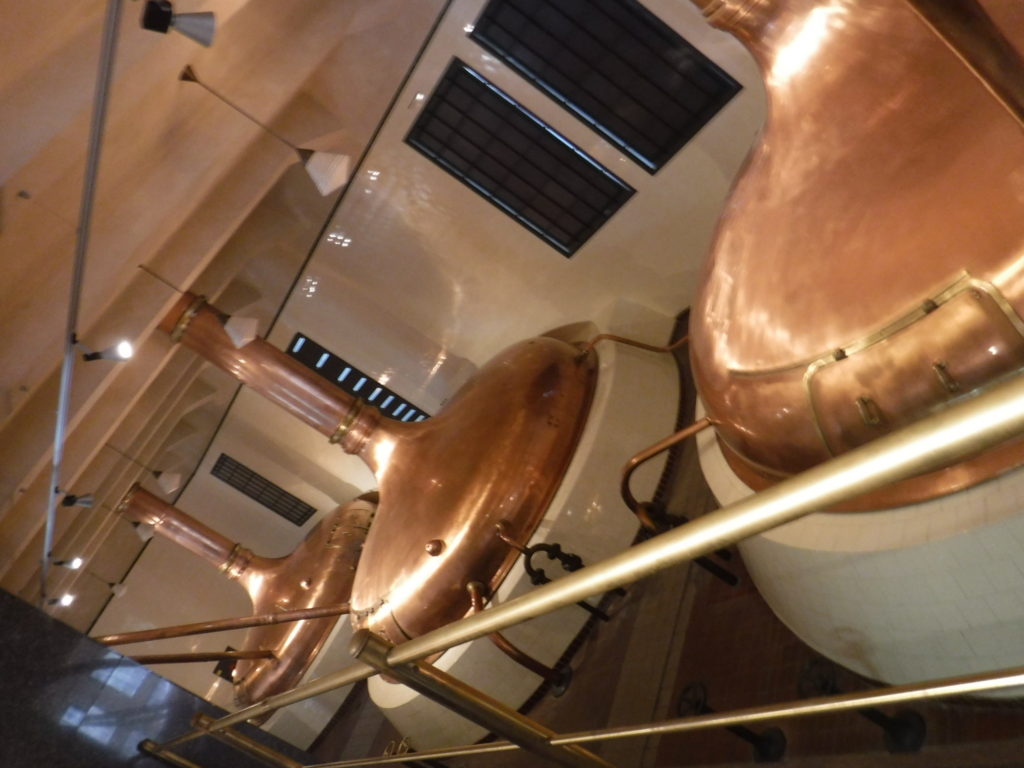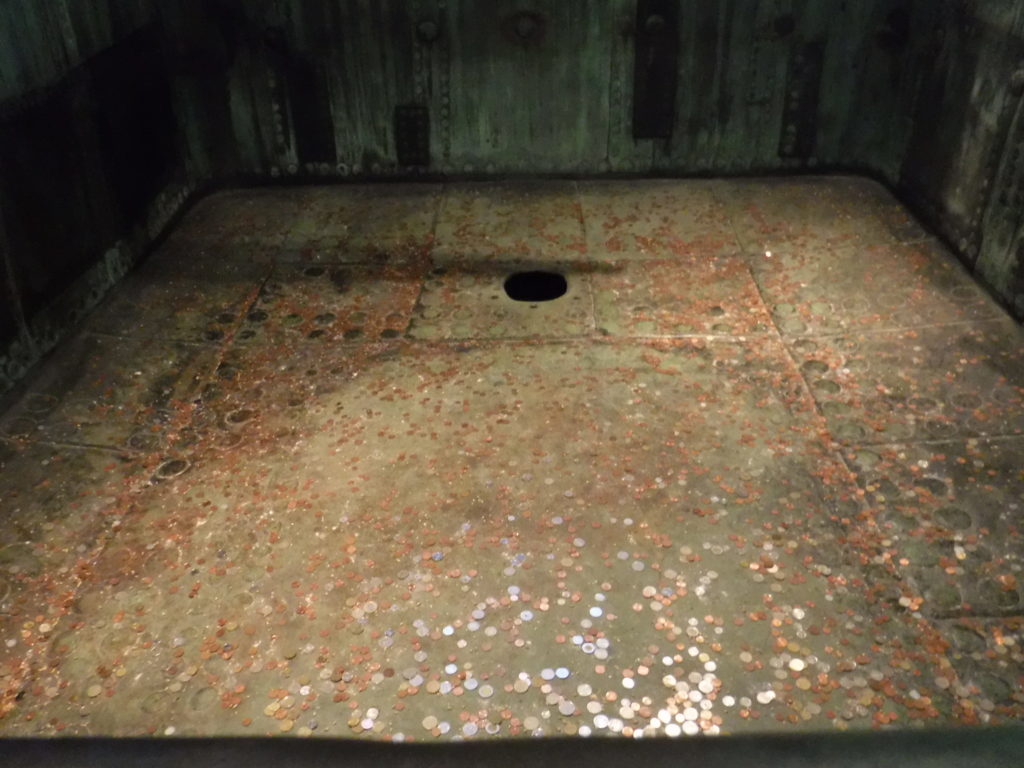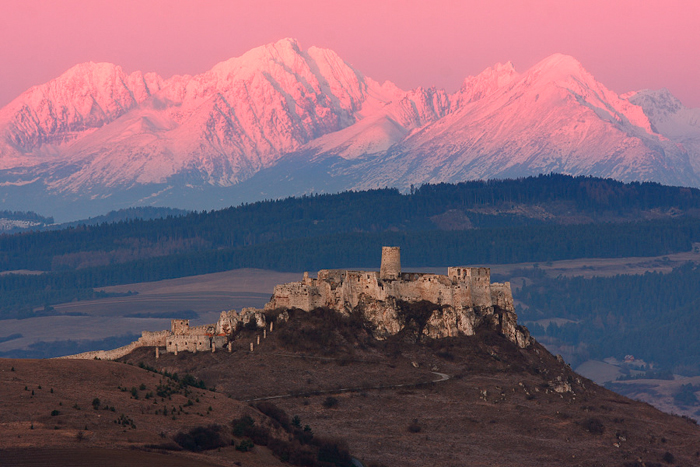Do Not Piss Off The Dungeon Master. That’s the mantra. I saw it on a t-shirt as I was scrolling through Amazon looking at Dungeons & Dragons-themed gifts. The message of the shirt is clear: if you push too hard in a roleplaying game, something bad will happen to your character. It’s a form of punishment; a threat if you don’t abide by the DM’s (Dungeon Master’s) wishes. If you derail the story. If you kill an important NPC (non-player character).
There’s more than a hint of the adversarial in the statement, as though the DM and the players are somehow diametrically opposed. Brave heroes attempt to succeed against a world designed to destroy them. I stumbled across other t-shirts bearing similar slogans, and a theme arose: the storyteller working against the players is hard-baked into roleplaying culture.
This offends me for several reasons. You have pissed off the Dungeon Master.
First and foremost, roleplaying is a game of collaboration. If you want to play in a vacuum, where events happen that your players have no control over, you might as well download RPG Maker, create your story, and play it yourself. Alone.
You might as well masturbate in the dark for hours if that’s the value you see in your players.
An inexperienced Dungeon Master may build a story based on predestination: I had this really cool scene play out in my head and I want to describe it to my friends. This will often involve an overpowered, favoured NPC, because the DM knows that they can fully control what happens and the choices that character makes.
The problem is one of agency. When events unfold without the players’ involvement or intervention, it’s back to the masturbation thing. You had an idea in your head and you wanted it to happen this way. The story has to unfold this way. I want spectators to the glory of the story and world I’ve made.
But a player is the opposite of a spectator. They’re not on the stands; they’re in the ring. They are and should always be (with exceptions for things like exposition) the focus.
This seems patently obvious, right? Yes, we all know that D&D is about the players. Then why the popular t-shirts warning you not to piss off your DM? Every roleplayer laughs; we all get the joke. So what perpetuates this perception of the controlling, spiteful DM?
Here’s a classic example of what I’m talking about. In this real-life scenario, the DM seems more concerned with the story in their head than they are with the story that the players are trying to build for themselves by experiencing it. Any attempt to influence events is met with smackdown-levels of control.
But James, you may ask: how can I tell a great story if my characters are derailing things all the time with their wacky schemes and petty interests?
Roleplaying games are a compact between the players and their storyteller. It’s give and take; it’s a transaction of sorts. When we pay money to see a film, we expect to be entertained. If we weren’t, we perhaps lose faith in the director. Or producer. Eventually, if we see enough terrible movies, we may lose faith in filmmakers in general.
If your players aren’t following your plot, there are a few questions you need to ask:
- Am I telling a story the players care about? This should lead you back to the initial discussion you had with your players when they were creating their characters. If you didn’t have such a conversation, to assess each character’s motivations, desires, and general personality, it’s never too late to start. Not only does this allow the player to understand your world ahead of time by building their place in it, they will offer cues as to what they’re after (Sidenote – the new D&D 5th Edition DM’s Guide has a great section about the different types of roleplayers and how to cater to their interests). You should still get excited about the world you’re building, but you’re building it for the players, too. You know all the ins and outs. Your players get to live it out. In other words, their backstories and motivations should be a part of your metaplot.
- What are the players interested in? Your players will make unexpected choices, and you never know what will catch their attention. I’ve had players steal museum artifacts, shoot key NPCs, and generally force me to create whole groups of characters who eventually became important to the story. And I’m grateful for it – the players know their actions matter. You may have to learn to think on the fly (this is the challenging part for hardcore planners) and you may have to take ten minutes in the middle of a gaming session to re-think how something will play out. Here’s the best part, though – your game is a story, and one of the most satisfying aspects is a player’s thrill and surprise at an outcome. When you allow a story to go to unexpected places, those unexplored parts of your world you didn’t have time to colour in or sketch out fully, you get to be surprised and delighted too.
- Am I giving the players agency? This is perhaps the most important part of player satisfaction in an RPG. A player should always feel like their actions matter. Don’t feel like you need to “police” the group, to protect them from mistakes, or to protect a ‘plot point’ that you feel is important to the overall story. If a villain dies before they were ‘supposed to’, let it happen. If a player screws up, let them. Consequences to disastrous actions may follow, and your player will learn (or not). The world itself is punishing. That is why there are rules and challenges. Let the dice (I.E. fate) decide the outcome. You can be a ‘true neutral’ GM like Abed,
 or somewhere on the helpful/merciful scale when it comes to character death, but whether or not you are protecting your players, their actions should have consequences that you can use to advance a story.
or somewhere on the helpful/merciful scale when it comes to character death, but whether or not you are protecting your players, their actions should have consequences that you can use to advance a story.
Matt Mercer of Critical Role sums it up pretty succinctly.
Cut back to sassy t-shirts and coffee mugs. Your DM should not be “out to get” or “punish” you for choices that your character makes. If you feel that they are, you should probably show them the plethora of reddit and stackexchange posts from frustrated players detailing how their DM has failed them (and yes, I know that players can also fail spectacularly at being decent people, contributing to a collective story, or showing basic human decency – but their side of the compact is a topic for another time).
Everyone gets the joke: “Do Not Piss Off The Dungeon Master”. The subtext? The Dungeon Master is an adversary who is out to get the players. Let’s change the narrative. “Respect your Dungeon Master”. When they respect you, too, and the choices you make in the game, that’s where the real magic happens.



















